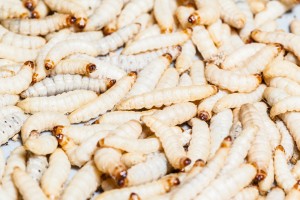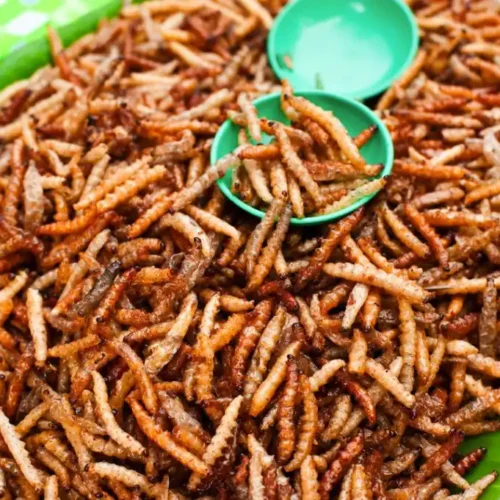 Over the years we have seen our fare share of diets and food crazes. Cannot say that we have seen eating bugs as a foodie craze before, but apparently it is starting to happen.
Over the years we have seen our fare share of diets and food crazes. Cannot say that we have seen eating bugs as a foodie craze before, but apparently it is starting to happen.
Ms. Miller and other American entrepreneurs in this field believe protein-rich insects, and crickets in particular, are poised to ignite a quinoa-like food craze.
There are nearly 2,000 types of edible insects, but Ms. Miller decided to cook with crickets, partly for the practical reason that they were already being commercially farmed in the United States. And while roasted worms have a nutty flavor, the creatures tend to trip Americans’ gag reflex. Crickets, on the other hand, are associated with “pleasant summer nights and crickets chirping,” Ms. Miller says.
…
A 2013 report by the United Nations Food and Agriculture Organization that extolled insects’ potential to help stabilize the global food supply, in fact, helped propel the edible-insect industry forward.
After the report came out, “all of a sudden there were a ton of people who were superinterested in edible bugs,” says Kevin Bachhuber, who in May started Big Cricket Farms in Youngstown, Ohio.
So what do you think? Could eating bugs become a foodie experience for you? Have you eaten bugs before? What was that experience like?
 You might not have been thinking about this one today, we honestly were not either. But scientists have come out with some studies that have us thinking. Scientists who apparently have little else to do suggest that mankind, in our primitive years benefited cognitively from having to hunt for bugs to eat.
You might not have been thinking about this one today, we honestly were not either. But scientists have come out with some studies that have us thinking. Scientists who apparently have little else to do suggest that mankind, in our primitive years benefited cognitively from having to hunt for bugs to eat.